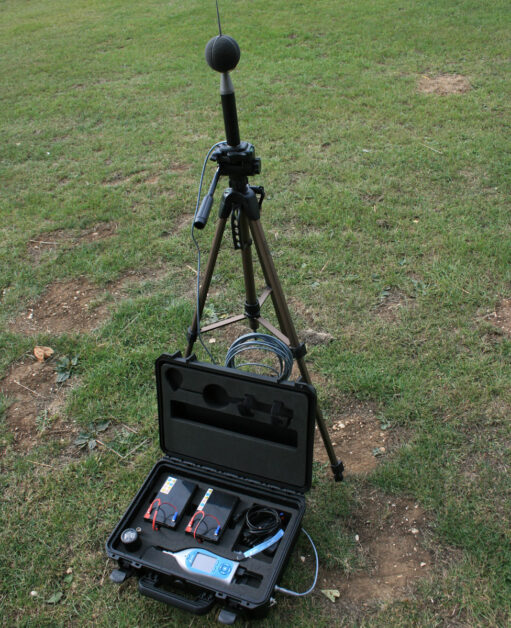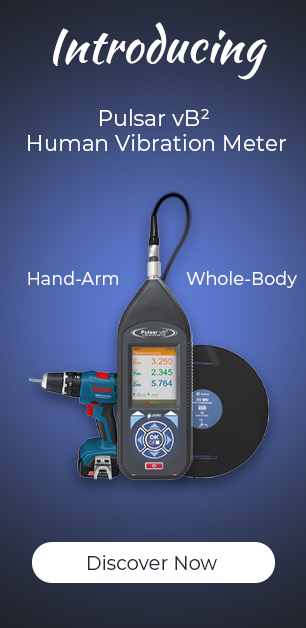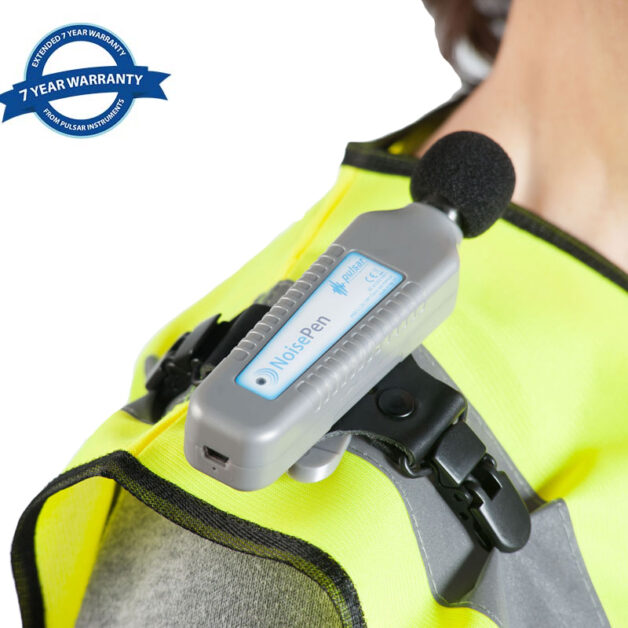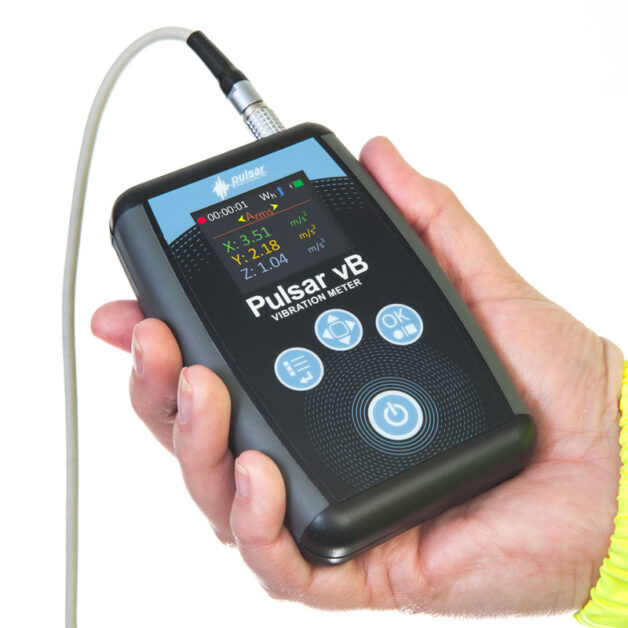Noise Action Week – Day 2: Pulsar Instruments
May 21, 2013
Impact of Environmental Noise on hearing
Environmental noise is a growing issue in countries around the globe, particularly in congested areas with a high population rate and more surrounding sources of noise. In order to assess the impact of the noise on our hearing, the noise levels need to be measured and monitored.
Environmental noise is probably one of the more difficult to measure as the levels it reaches can often be subjective. This is because what some people may find disruptive others may not. Examples include everything from construction and animal noise to road traffic and the noise generated from aeroplanes and entertainment venues.
Furthermore, this type of noise can have different characteristics, in that some, like traffic, are constant, whilst others, like a dog barking, are intermittent. Sounds with an even tone are known as broadband noise, whilst sounds that are louder and disruptive are tonal noise.
Types of environmental noise monitoring

There are three main types of environmental noise monitoring. The first type of control is better known as performing ‘noise level checks’. Often referred also as ‘spot checks’, these involve taking quick, on the spot measurements, using a basic sound level meter.
The second type also involves taking short, single measurements, but in a little, more detail. Environmental requirements and legislation tend to vary depending on country, locality and specific circumstances.
As the noise measuring process can take a while, a handheld integrating sound level meter mounted on a tripod with the ability to store information can be a good option. We recommend taking a series of measurements, all lasting for the same amount of time, and then comparing the information gathered.
The third type is long-term environmental noise monitoring, which involves monitoring noise levels on an ongoing basis. In this case, it will also be necessary to take a combination of long and short measurements. This will allow users to take noise measurements for example over a full day, to get a clearer idea of when the highest levels occur. As a result, safety professionals such as Environmental Health Officers can have a clearer picture of the overall noise pattern, allowing them to devise a plan of how to control noise levels in order to minimise their impact on the surrounding community.
Contact our team for more details on environmental noise and suitable measurement devices.




